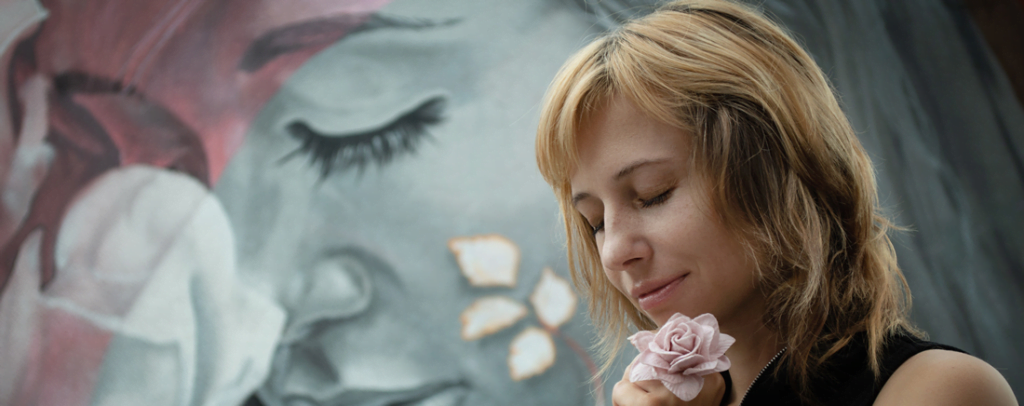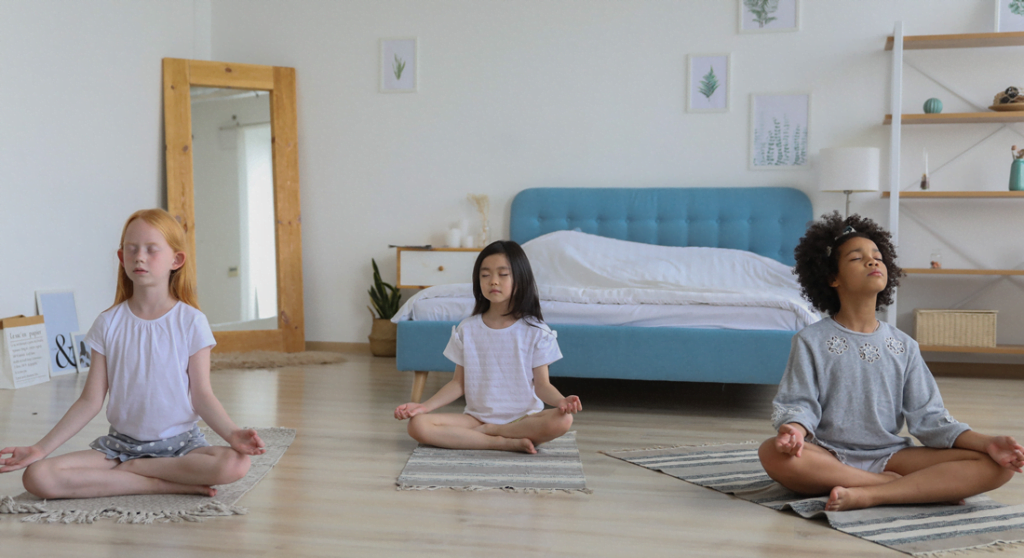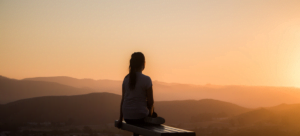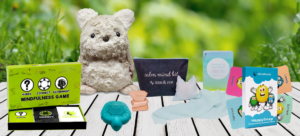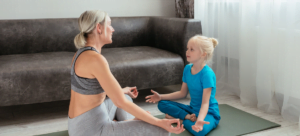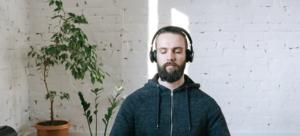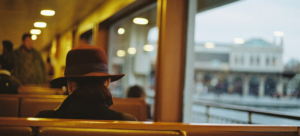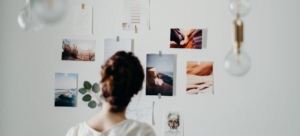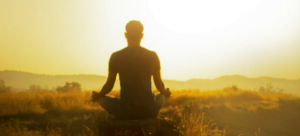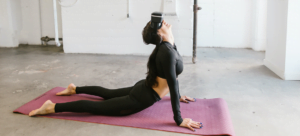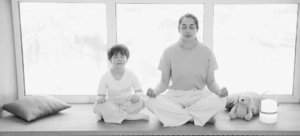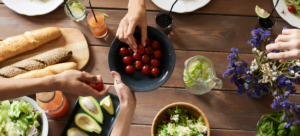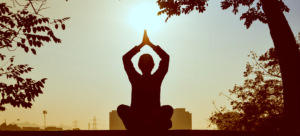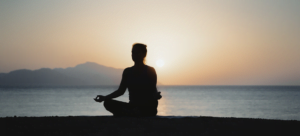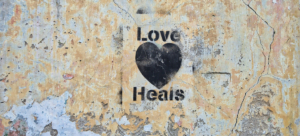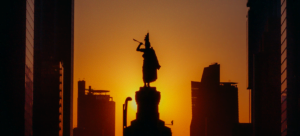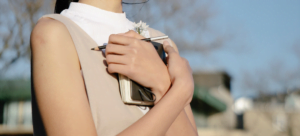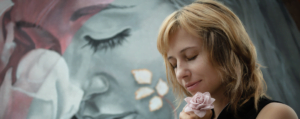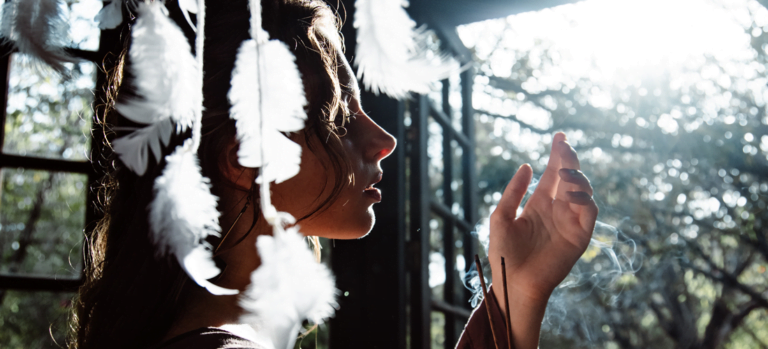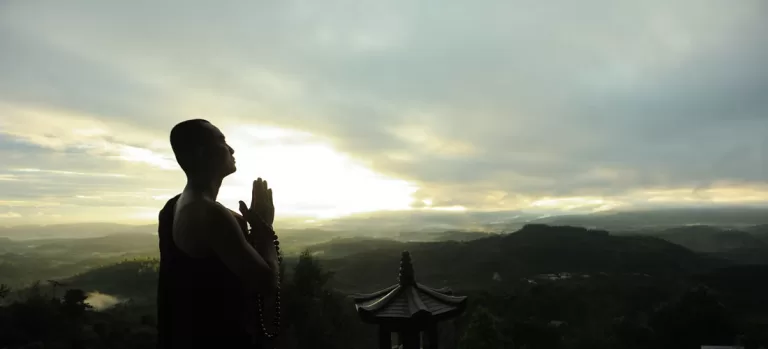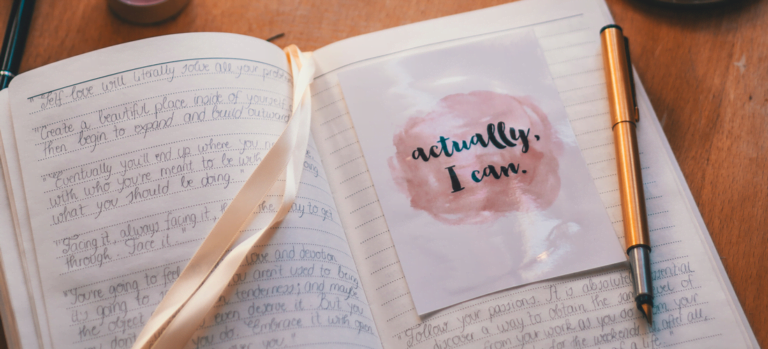We all want to be more mindful and present in our lives. But often, it can seem like an impossible task. How do you stay focused on the present when your mind is constantly running off into the future or dwelling on the past? The answer lies in mindfulness and meditation.
Mindfulness and meditation are powerful tools for calming your mind. The practice of both help in reducing stress and helping you become more aware of yourself and your surroundings. These techniques can help you cultivate a sense of inner peace to enable you to better handle life’s challenges. In this blog post, we’ll explore what mindfulness and meditation are all about. Why they’re important for overall wellbeing, and how to get started with a mindfulness practice today!
What is Mindfulness?
Mindfulness is a practice that encourages us to become aware of our thoughts, feelings and physical sensations in the present moment. It can be used as a form of meditation to help us gain insight into our lives. It helps us cultivate greater peace, clarity and contentment.
By focusing on our breath during mindfulness meditation, we can learn to observe our thoughts without judgment or attachment. With practice, mindfulness helps us respond more skillfully to difficult emotions such as fear, anger and anxiety. It allows us to see them for what they are – transient mental states rather than fixed realities.
Mindfulness also helps increase self-compassion and improve relationships since it allows us to better understand ourselves and others with less reactivity or defensiveness. Ultimately, this awareness brings about an inner calmness that nurtures both emotional balance and spiritual growth.
What is Meditation?
Meditation is an ancient practice that has been used for centuries to cultivate inner peace and clarity. It involves focusing the mind on a single point of awareness, such as the breath or an object of meditation, while being mindful of thoughts and feelings without judgment or attachment.
By becoming aware of our own internal dialogue, we can begin to break free from unhelpful patterns of thinking. Meditation helps us create more space for mindful responses instead. It also helps us recognize our true nature. That beneath all our anxieties and worries lies a vast expanse of wisdom and love.
With regular practice, meditation can help us live life with greater presence, joy and equanimity in every moment.
How does mindfulness differ from meditation?
Mindfulness and meditation are two practices that are often confused or used interchangeably, but they actually differ in several ways. Mindfulness is a practice of focusing our attention on the present moment with acceptance and non-judgment.
It involves paying attention to our thoughts, feelings and physical sensations without trying to change them or judge them as good or bad. Mindfulness is about cultivating a greater awareness of our inner experience so that we can better understand it, accept it and manage it.
Meditation, on the other hand, is an intentional practice of calming the mind and connecting with our inner wisdom. It involves sitting or lying down in stillness and focusing on a single point of awareness.
The goal of meditation is to quiet the mind and create a space for deeper insight and understanding. Through this regular practice, we can become more aware of our true nature. Thus, we are better equipped to respond to life with greater presence, clarity and compassion.
While mindfulness and meditation both involve stillness and focus, mindfulness focuses more on the present moment while meditation is more about creating inner stillness and self-reflection.
What are the benefits of practicing both mindfulness and meditation?
The benefits of practicing both mindfulness and meditation are numerous. Mindfulness helps us to be more aware of our thoughts, feelings, and environment. It can help us become less reactive to difficult emotions or situations.
Meditation helps us cultivate a sense of inner peace by calming the mind and body. It can also help reduce stress, anxiety, depression, improve concentration and focus, increase clarity of thought, enhance creativity and intuition as well as promote overall physical health. Practicing both mindfulness and meditation on a regular basis can lead to an increased sense of wellbeing in our lives.
Furthermore, it can help us to be more present in the moment and foster meaningful connections with ourselves and others. Finally, developing a regular practice of mindfulness and meditation will provide an opportunity for personal growth and development.
How can you incorporate mindfulness and meditation into your daily life?
1. Start Small
Incorporating mindfulness and meditation into your daily life does not have to be a huge commitment. To start, you can set aside just 5 minutes each day to practice mindfulness or meditation. This short amount of time is enough to help you become more mindful throughout your day. It makes it easier to develop the habit of regular practice.
2. Find What Works for You
Mindfulness and meditation come in many different forms. It is important to find what works best for your lifestyle and interests. There are guided meditations available online or through apps that can help you focus on a particular topic or emotion. Other people prefer to practice mindfulness in nature or through music.
3. Make it Part of Your Routine
Once you’ve figured out what type of mindfulness or meditation works for you, it is important to make it part of your daily routine. Setting a regular time and place for practice will help create a habit that will become easier to stick to over time.
4. Start With Simple Exercises
There are many simple mindfulness exercises that can help you become more aware of your thoughts and feelings. Focus on being present in the moment and observe your breath or engage in body scans. These involve scanning your body from head to toe and noticing any sensations that arise.
5. Increase Your Commitment Gradually
As you become more comfortable with mindfulness and meditation, you can gradually increase the amount of time that you spend practicing. Setting aside 10 or 15 minutes for practice each day can help deepen your awareness and relaxation skills. It is important to remember that there are no rules when it comes to mindfulness and meditation. Find what works best for you and go at your own pace.
6. Don’t Give Up
Some days it can be difficult to maintain your mindfulness practice, and that is okay. If you find yourself losing focus or motivation, take a break and come back to it when you feel ready. Re-establishing the habit of regular practice will help keep you on track. With commitment and dedication, mindfulness and meditation can become an integral part of your life.
7. Reap the Benefits
As you make mindfulness practice a regular part of your day, you will begin to notice positive changes in how you approach situations and deal with stress. With consistent practice, you may even find yourself sleeping better, having more energy during the day, and having a better overall sense of well-being. This is the true power of mindfulness – taking control of your own mental health and happiness.
8. Seek Support
You don’t have to go it alone when it comes to practicing mindfulness and meditation. There are many online resources that can help you learn more about the practice, and there are also classes and workshops available in many areas. If you feel overwhelmed or lost, seek out a qualified professional who can help guide you on your journey. With the right support, learning mindfulness can be an enjoyable and rewarding experience.
9. Find Ways to Incorporate Mindfulness into Your Life
Once you have established a regular practice, it can be helpful to find ways to incorporate mindfulness into your everyday life. For instance, you may practice mindful eating when you sit down for a meal, or take brief moments of stillness throughout the day to check in with yourself. By bringing mindfulness into all aspects of your life, you can start living with more awareness and intention.
10. Keep Going
The practice of mindfulness is a journey, and there will be times when it’s difficult to stay consistent. Don’t give up if you feel like your progress has stalled – instead, take a step back and assess what you need in order to get back on track. Remember that any progress is progress, and trust that with commitment and dedication, you’ll eventually reach your goal.
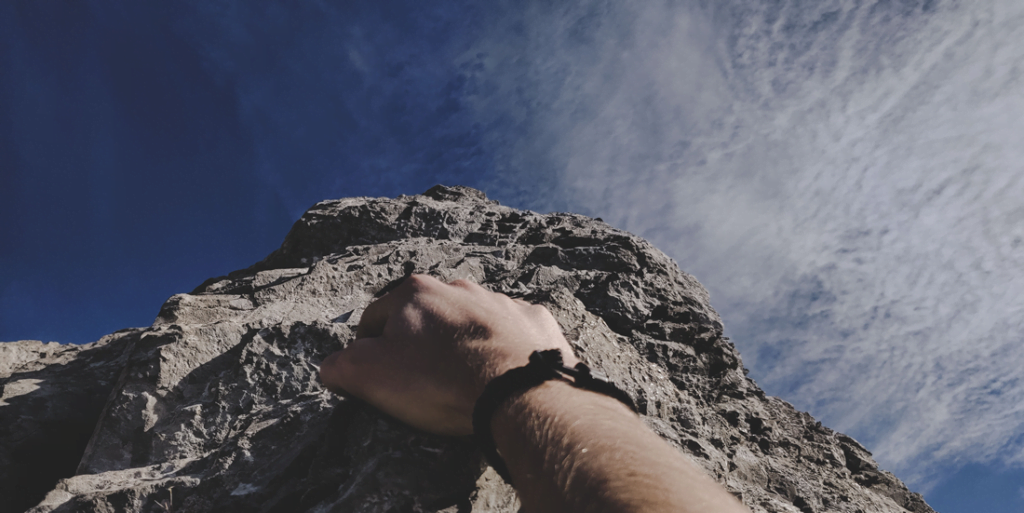
Mindfulness and meditation are among the ways to help us improve ourselves
Mindfulness and meditation both provide helpful tools for relaxation and self-care. Understanding the differences between the two practices can be beneficial in selecting the most suitable technique for individual needs.
Mindfulness is a broad approach to living that involves paying attention to your thoughts, emotions, physical sensations, and the environment you’re in. This awareness allows you to become more aware of where your mind is in the present moment, allowing for better decision-making and improved self-awareness.
Mindfulness encourages us to live in the moment rather than dwell on the past or worry about the future. It helps us recognize when our minds wander into negative thought patterns and teaches us how to take steps to shift our thinking in a more positive and constructive direction.
Meditation is a practice of focused mental awareness which can be done alone or with the guidance of a teacher. It involves focusing attention on an object, sound, thought, feeling, or mantra while allowing other thoughts to come and go without judgment. This technique can help reduce stress, increase concentration, and cultivate inner peace. Meditation can also help us gain insights into ourselves and become more self-aware.
Ultimately, both mindfulness and meditation have their own individual benefits that can be used to enhance our overall well-being. While mindfulness is a broad approach to living with awareness of the present moment, meditation is a practice for deeper inner exploration.
Choosing the right practice for you depends on your unique needs and goals. By experimenting with both techniques, you can decide which works best to help you reach your desired level of relaxation and self-care.


